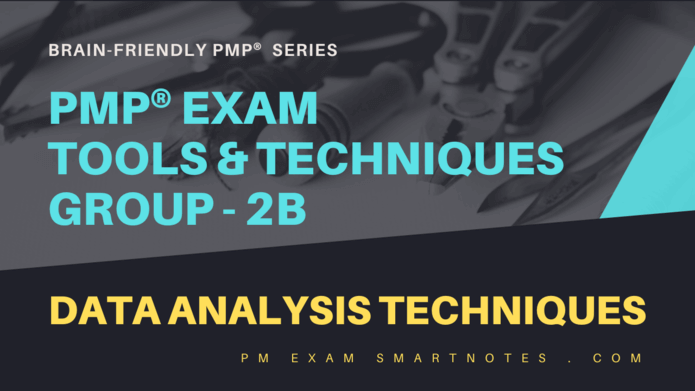
As a project manager, how many projects have you handled simultaneously?
As a project manager, mind you, not as a Program Manager. The difference is, as a Program Manager you have dedicated Project Managers working under you for each of the projects. But as a Project Manager, you are 100% involved in each of the projects.
Chances are, you are currently managing multiple projects.
One time I had 4 projects, of different team sizes, from 2 member team to 16 member team.
If you are in a similar boat, I know exactly how you are feeling.
For a starter, there is no ‘absolute calm period’ at any point in time. One or the other project has one or the other issue, and you are constantly pulled in all directions.
Do you want my PMP launch course ($27 value, free today)?
Then you have the resource issue. Every project manager in the company needs their hands on the best people. And so you have no other way than to ask your best people on one project to help on the other. And there is the constant fear of, “what if my best people leave?”
Don’t even get started with schedule issues. 🙂
Most importantly, you need to manage the expectations of your higher-ups and your team members.
As a project manager, you are in, what I call, a sandwich position.
A place where burnout can set in quickly. And what you need to understand is this: burnout doesn’t come from too much work, it rather comes from this feeling of being NOT in control of what’s going on.
If you step back a bit and visualize the entire organizational hierarchy, you will not take long to understand the fun of being a project manager. Once you are used to being in the thick of things, you can pretty much manage any position. Even as a solopreneur or entrepreneur.
Being a project manager mentally prepares you, in the true sense, to climb the ladder and take positions of other responsibilities. Of course, those positions will take specific skills, but the mindset – that’s something you can carry forward from being a project manager.
But right now, we ARE talking about being in the thick of things. So in this article, let us see what you can do to get things under control.
While at it, don’t miss 2 of the most important PM concepts I’ve explained in the videos below.
What does it take to handle multiple projects?
Understand this fact: being a project manager capable of handling multiple projects is such a vital skill, it takes a high level of organization, planning, and people + time management. And that makes you one of the most valuable assets in the organization.
Don’t waste time and energy worrying. There are a few strategies that can help you cut the overwhelm and manage multiple projects successfully without getting burned out.
1. Carve out ‘ME time’
It is easy to lose track of time and jump from one burning issue to the other without a pause. And in most cases, this is exactly what happens.
As a project manager, you need to carve out ‘me time’ for yourself.
Every day.
Every week.
Every month.
It could be 15 minutes at the beginning of the day, or the end of the day. You need to take time to reflect on the state of things as it is today.
Similarly, take at least 30 minutes a week to reflect on the past week and plan for the next week.
Finally, take time to reflect on the higher picture at the beginning of each month. While it helps to do this with the team, or with key members of each of the teams, it’s important that you do this on your own as well.
Don’t miss these latest articles for project managers: [continue reading…]
 It is not every day that you come across someone from a non-traditional project management background to have passed the PMP exam.
It is not every day that you come across someone from a non-traditional project management background to have passed the PMP exam. I am a licensed Physiotherapist based in Sudbury, Ontario, Canada.
I am a licensed Physiotherapist based in Sudbury, Ontario, Canada.



 In the
In the 

